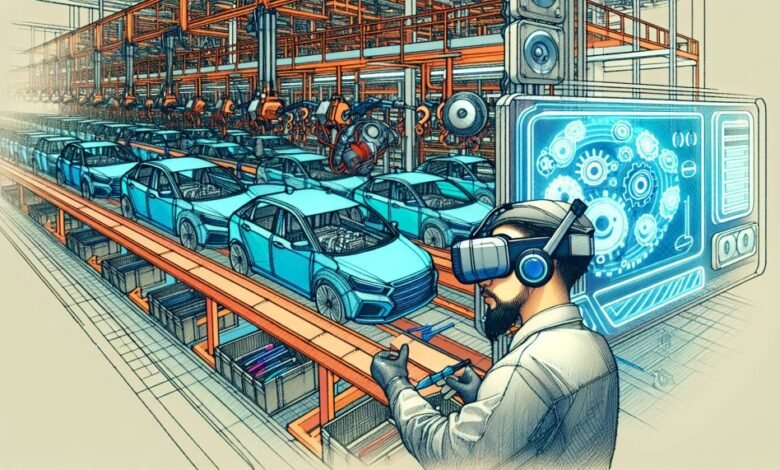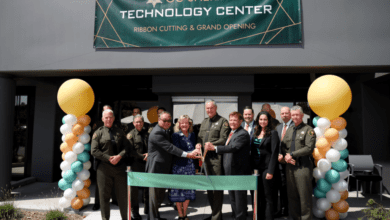Automakers adopt XR technology for efficient design

Major automakers, including Ford, Volvo and Rivian, have begun incorporating Extended Reality (XR) technology into their workflows. From May 6, 2024, this new approach will complement traditional design techniques, with these brands looking to take advantage of the cost and time benefits that digital prototyping with XR technology can offer.
Ford’s design division in Australia, primarily behind models like the Ranger and Everest, has adopted Varjo’s XR-3 headset. This device offers high-resolution views and allows for seamless digital and physical integration. Ultimately, the technology makes design modifications faster, more efficient and iterative, promoting better teamwork and efficiency before transitioning to physical prototyping.
American electric vehicle company Rivian reported savings of up to one million dollars per vehicle program, attributed to reduced need for physical mockups and materials when using Varjo’s XR technology. Volvo also recognizes the potential for cost savings by solving problems early in the design phase.
Adopting XR technology in automotive design
In addition to using the Varjo headset, Volvo employs Varjo’s cloud streaming capability to enable design collaboration across its various offices in the US, China and Sweden.
Varjo, a Finnish company, offers high-definition headsets and mixed reality passthrough, making it a desirable choice in the competitive XR technology market. Its Varjo XR-4 model stands out with a 20/20 Eye Tracker and a 115° field of view, offering human eye resolution and professional software support. The Varjo XR-4’s ability to overlay virtual designs onto physical vehicles offers benefits such as early error detection and cost savings.
The integration of XR technology is seen as just the initial stage of the technological transformation of the automobile industry. While potential obstacles include a lack of standardized equipment, data security concerns, and the need for significant infrastructure investment, the opportunities that XR technology introduces far outweigh these challenges. Work, games and hobbies are expected to undergo substantial transformations.
The bottom line is that despite the potentially long and complicated journey towards widespread adoption of XR technology in the automotive industry, the potential benefits far outweigh the initial challenges. The expected growth of XR technology looks set to redefine several aspects of our daily lives.




